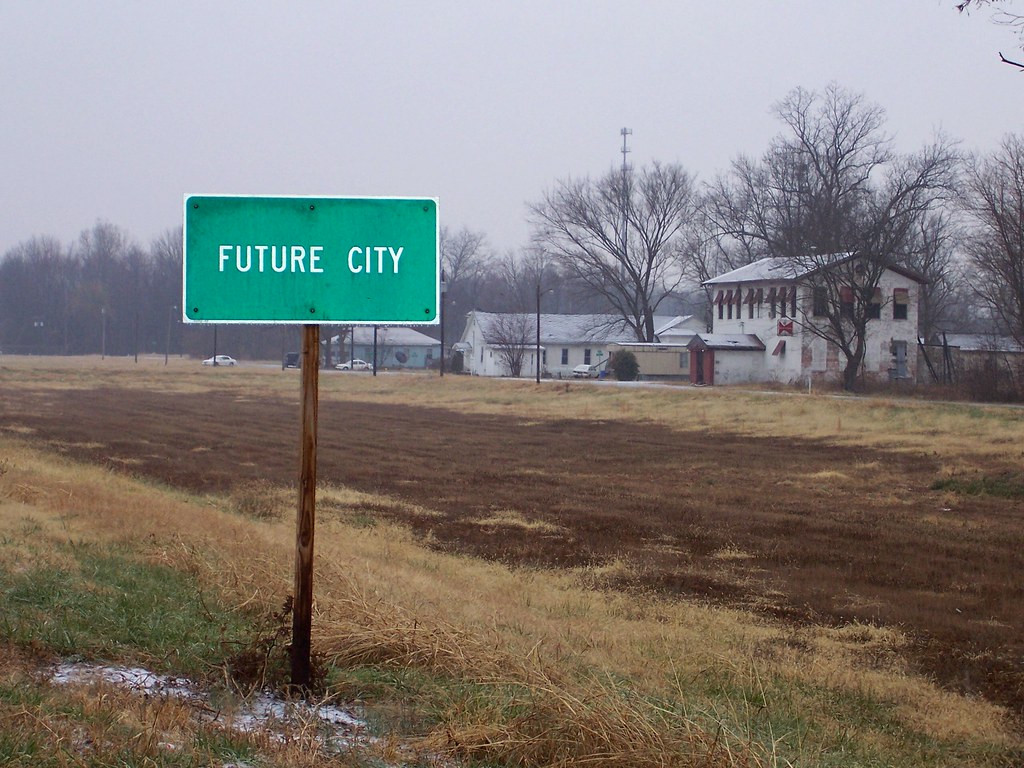I’ve collected unusual town names for awhile. They often came up as I researched Twelve Mile Circle articles or when I checked the daily log files. Generally they don’t make those “weird names” lists found elsewhere on the Intertubes. I find them endlessly fascinating for some unknown reason. Then I make a note of them and promise to return. Occasionally I’ll post an article after I collect enough of them and I want to cut down my pile of unwritten topics. So let’s do that.
Capitol Hill, Seattle, Washington

Already on the very first entry I broke my rules for this article. Seattle’s Capitol Hill was a neighborhood not a town (map). Nonetheless, I wondered why Capitol Hill even existed as a name there. Nonetheless, the Capitol Hill in another Washington came to mind, and that one had an actual capitol on a hill. Nobody could claim the same for the Seattle version. Rather, the state capitol sat about sixty miles (100 kilometres) farther south in Olympia.
According to History Link, “the Free Online Encyclopedia of Washington State History,” the name probably came from one of two (or both) alternatives. It happened in 1901, courtesy of a local land developer, James Moore. That was certain. By one theory he hoped to persuade the state government “to move its business from Olympia onto Prospect Street.” By another, his wife came from Colorado and the name referenced Capitol Hill in Denver. The one in Denver, by the way, actually contained the state capitol. Sadly, Seattle’s Capitol Hill remains capitol-less.
Future City, Illinois

I wanted to make a crack about Future City (map) not looking like it had much of a future. It looked completely desolate. However, irony seemed cruel after I researched its history. Future City sat near the southern tip of Illinois, just north of Cairo and the confluence of the Ohio and Mississippi Rivers. African Americans founded it around the turn of the last century as a refuge from racism and lynchings in nearby Cairo. They created their own self-contained settlement and named it optimistically. It promised a better future. Several hundred people lived there a century ago. Now, only a handful remain.
I visited that river confluence a few years ago. It floods, a lot. Naturally, Future City flooded regularly even as early as the disastrous floods of 1912 and 1913. Three times residents needed to rebuild from scratch. Meanwhile, nearby Cairo went into a long, slow economic decline. River traffic decreased as roads and rails rose, and its geographic placement became increasingly irrelevant. People in Future City depended on jobs in Cairo so their dream declined with it.
Layman, Ohio
Little Layman, Ohio barely qualified as a settlement, much less a town. Even so I liked the name so it made the list. The dictionary definition explained why. A layman is a “a person who does not belong to a particular profession or who is not expert in some field.” What a lousy name, I thought. It implied nobody in town could do much of anything. There sat Layman at Tick Ridge Road with nothing but laymen living there. Actually, it appeared to be named for a 19th Century local newspaper editor, Amos Layman. That wasn’t nearly as much fun.
Bowbells, North Dakota

Doesn’t Bowbells sound a lot like Cowbells? I thought it did. Some random visitor from Bowbells (map) landed on the pages of 12MC. That in itself might be remarkable. Barely 300 people lived there at the last census. Nonetheless, it served as the seat of local government in Burke County. I saw small towns just like Bowbells with important government functions in many North Dakota counties during my Center of the Nation tour. So many settlements throughout the Great Plains suffered population declines in recent decades. Burke County itself dropped from about ten thousand residents to maybe two thousand since 1930.
That didn’t explain the name, though. A common source for names in these open spaces, the railroad companies, took care of that. As the city explained,
“The city of Bowbells was founded in 1898 along the main line of the Soo Line Railroad and incorporated in 1906. The city was named by railroad officials after the famed Bow bells at St Mary-le-Bow in London, England.”
Naturally I needed to tug that thread a little harder. So the town got its name from the bells of the church, St. Mary-le-Bow (map). I didn’t know about the “fame” of the famed church bells so I dug deeper. As the Daily Mail noted, “tradition dictates that only those born within earshot of the ‘Bow Bells’ can claim to be Cockneys.” That still seemed like an odd name for a town in the middle of North Dakota. I couldn’t imagine waves of Cockneys rolling over the endless prairie.

Leave a Reply